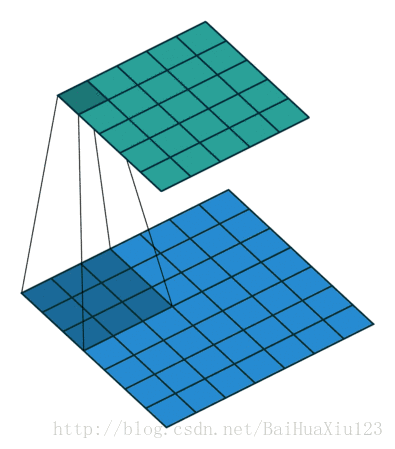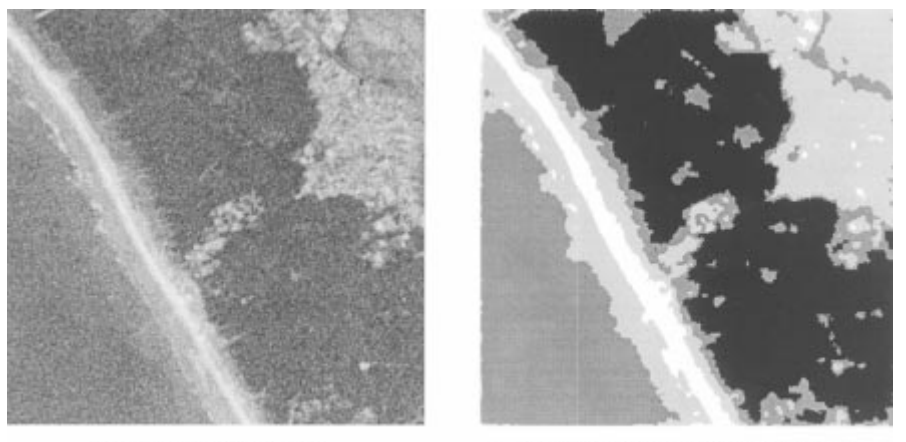TTUXL.github.io
Problems Formulation in Ultra-Dense Networks Environment
The topic is to solve the problem of Ultra-Dense Networks resource allocation optimization under imperfect CSI.
Driven by the explosive traffic demand of mobile users, Ultra-Dense Network (UDN) becomes the preferred access network for mobile users. However,due to the rapid increase in network density, classical network Resource Allocation (RA) techniques aren’t sufficient to study resource optimization in Ultra-Dense Networks. An effective and robust resource allocation scheme is required.
In recent years, some researchers have proposed some effective solutions [1]-[6], Adopting some approaches like convex optimization, game theory, graph theory, stochastic geometry methods, stochastic optimization, grouping/clustering method, etc. As a result, these studies provide valuable insights into resource allocation in the UDN environment, but optimal resource allocation relies on perfect user state information (CSI, QSI, etc.). This is very difficult, especially in large networks like UDN, which will require a lot of signaling overhead. Nodes consume a lot of resources in order to get the best efficiency. it goes against the concept of RA which obtain the high energy efficiency. Therefore, it is necessary to study the resource allocation problem in the case of not satisfying the perfect user state information.
In the UDNs, the RA issues are always interpreted as a highly complex large-scale optimization problem[1], which optimizes the efficiency function through user information. As more and more researchers realize that accessing perfect CSI information is time consuming and technically impossible. Opportunistic constraint optimization has received great attention [4][5][6]. The main feature of the opportunity constrained programming is that the constraints contain random parameters, which solves the problem of not being able to obtain perfect CSI information. [4] consider the joint power and admission control (JPAC) problem with imperfect CSI. The JPAC problem is formulated as a chance-limited procedure in which the SINR outage probability of each link is forced to be less than or equal to the specified tolerance. [5] discussed a robust beamforming problem, which minimizes the SINR-constrained transmit power consumption. Reference [6] studies the transmit power minimization problem and the max-min fairness EH problem under both the bounded CSI error model and the probabilistic CSI error model. Despite their interesting analytical perspectives, existing work is limited to traditional networks and cannot solve the problems faced by UDN with massive devices.
WIKI:Chance-constraint method
CSI(channel state information)
QSI(queue state information)
The bounded CSI error model [7]
The probabilistic CSI error model [7]
Simplification of Ultra Dense Network in the case of millimeter waves
Ultra-dense networks will bring many benefits, the most important of which is the ability to reuse the spectrum in geographical space, thereby reducing the competition for resources on a single base station. Some researchers have simplified this many-body problem to a one-body problem under a field by simplifying the calculation through the mean-field game theory [8]-[10]. However, the existing work does not take into account the line-of-sight propagation characteristics of millimeter waves. The millimeter-wave propagation loss has an exponential path fading characteristic, so this also brings the possibility to simplify the mean-field model.
The optimization method proposed in this paper interpreted as the mean-field as a dynamic picture, and filters and compresses the mean-field distribution by convolution and wavelet transform. Seek optimal resource allocation decisions from a macro perspective.
Starting from graph theory, the method proposed in this paper is equivalent to giving a new network decomposition scheme.


Reference
[1] Teng, Yinglei, et al. “Resource allocation for ultra-dense networks: A survey, some research issues and challenges.” IEEE Communications Surveys & Tutorials (2018).
[2] Samarakoon, Sumudu, et al. “Ultra dense small cell networks: Turning density into energy efficiency.” IEEE Journal on Selected Areas in Communications 34.5 (2016): 1267-1280.
[3] Dai, Lin, and Bo Bai. “Optimal decomposition for large-scale infrastructure-based wireless networks.” IEEE Transactions on Wireless Communications 16.8 (2017): 4956-4969.
[4] Y.-F. Liu, M. Hong, E. Song, “Sample approximation-based deflation approaches for chance SINR-constrained joint power and admission control”, IEEE Trans. Wireless Commun., vol. 15, no. 7, pp. 4535-4547, Jul. 2016.
[5] K.-Y. Wang, T.-H. Chang, W.-K. Ma, A. M.-C. So, C.-Y. Chi, “Probabilistic SINR constrained robust transmit beamforming: A Bernstein-type inequality based conservative approach”, Proc. IEEE Int. Conf. Acoust. Speech Signal Process. (ICASSP), pp. 3080-3083, May 2011.
[6] K.-Y. Wang, T.-H. Chang, W.-K. Ma, A. M.-C. So, C.-Y. Chi, “Probabilistic SINR constrained robust transmit beamforming: A Bernstein-type inequality based conservative approach”, Proc. IEEE Int. Conf. Acoust. Speech Signal Process. (ICASSP), pp. 3080-3083, May 2011.
[7] Zhou, F., Li, Z., Cheng, J., Li, Q., & Si, J. (2017). Robust AN-aided beamforming and power splitting design for secure MISO cognitive radio with SWIPT. IEEE Transactions on Wireless Communications, 16(4), 2450-2464.
[8] Samarakoon, Sumudu, et al. “Ultra dense small cell networks: Turning density into energy efficiency.” IEEE Journal on Selected Areas in Communications 34.5 (2016): 1267-1280.
[9] Abuzainab, N., Saad, W., & MacKenzie, A. B. (2019). Distributed Uplink Power Control in an Ultra-Dense Millimeter Wave Network: A Mean-field Game Approach. IEEE Wireless Communications Letters.
[10] De Mari, Matthieu, et al. “Joint stochastic geometry and mean field game optimization for energy-efficient proactive scheduling in ultra dense networks.” IEEE Transactions on Cognitive Communications and Networking 3.4 (2017): 766-781.